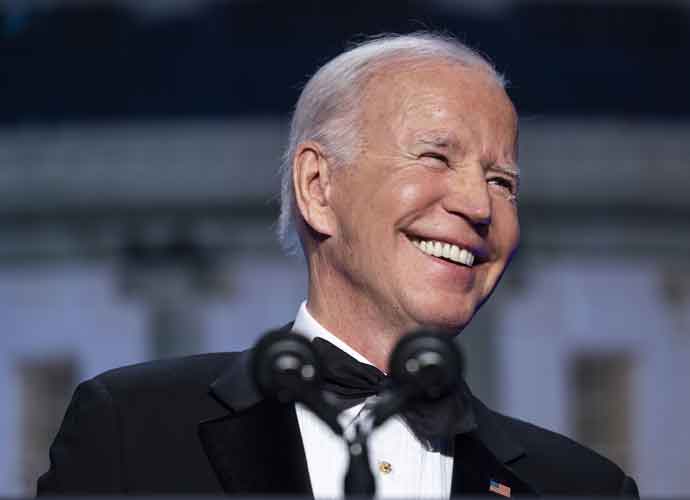13 Assassins

4.5/5
Famed Japanese director Takashi Miike tries his hand at a classic samurai tale with 13 Assassins. Acclaimed worldwide, Miike has tackled many styles and genres throughout his wildly varied output. He is, of course, most well known internationally for his depiction of extreme violence, as in his breakout hit Ichi the Killer. Fans of Miike’s visceral style will not be disappointed while watching 13 Assassins. Yet, under the watchful eye of Producer Toshiaki Nakazawa, winner of the Best Foerign Language Oscar for Departures, the film manages to retain a much broader audience. Taking cues from the great Akira Kurosawa, 13 Assassins feels almost like Seven Samurai for a modern audience.
In the transitioning world of 13 Assassins the era of the samurai has nearly come to an end. The young samurai have never fought in a real battle, and the old samurai sit in quiet retirement contemplating their place in the new world. Naritsugu, a sadistic young lord who is about to rise in political authority, causes dissent in the kingdom and Shinzaemon, an old samurai, is hired to kill him. The task is virtually impossible, but Shinzaemon accepts the challenge and assembles a team of crack samurai to take out the young upstart lord and his men.
As is so typically the case with samurai pictures, the tone is somber and the subject matter treated with the utmost seriousness and respect. Underneath the gore, this is very much a traditional; good versus evil, honor and duty, nobility and sacrifice, and the courageous few taking on the might of the many. For these reasons, 13 Assassins feels familiar. But, true to Miike’s aesthetic, the blood sometimes borders on comic-book style, but within the world created it is easy to accept. If Kurosawa were alive today, even he would probably approve of Miike’s decisions, especially since the film as a whole is crafted so well and each character has their own inner-life that allows the viewer to be forgiving of the more outlandish indulgences.
Through the character of the sadistic Naritsugu, Miike makes a strong argument for violence as a thing of beauty. Naritsugu seems to play the role of the modern movie audience, craving violence and disaster as a form of self-stimulation, as he argues that the era of war must have been incredible. Yet, our capacity for violence normally only persists if we remain distanced from it, and Naritsugu doesn’t truly understand this himself until he is actually wounded.
Though somewhat prolonged, the metaphor works beautifully. Yet, the film isn’t all somber gloom and violence, there are often flashes of wit and humor, and an overriding sense of fun. That’s not to say the action isn’t undercut by japes, but there are equally as many moments when the audience can just sit back and enjoy the show as ones where they should feel the burden of events on the screen.
Reportedly the film is based on true events, and some have even cited it as a re-make of a little known film from the 1960’s of the same name. But Miike’s work, so often so singular in intention, probably bares little resemblance to the original. Standing on its own 13 Assassins is a multi-layered fable bridging between eras, and is bound to become a classic in the genre in its own right.
RELATED ARTICLES
Get the most-revealing celebrity conversations with the uInterview podcast!







Leave a comment